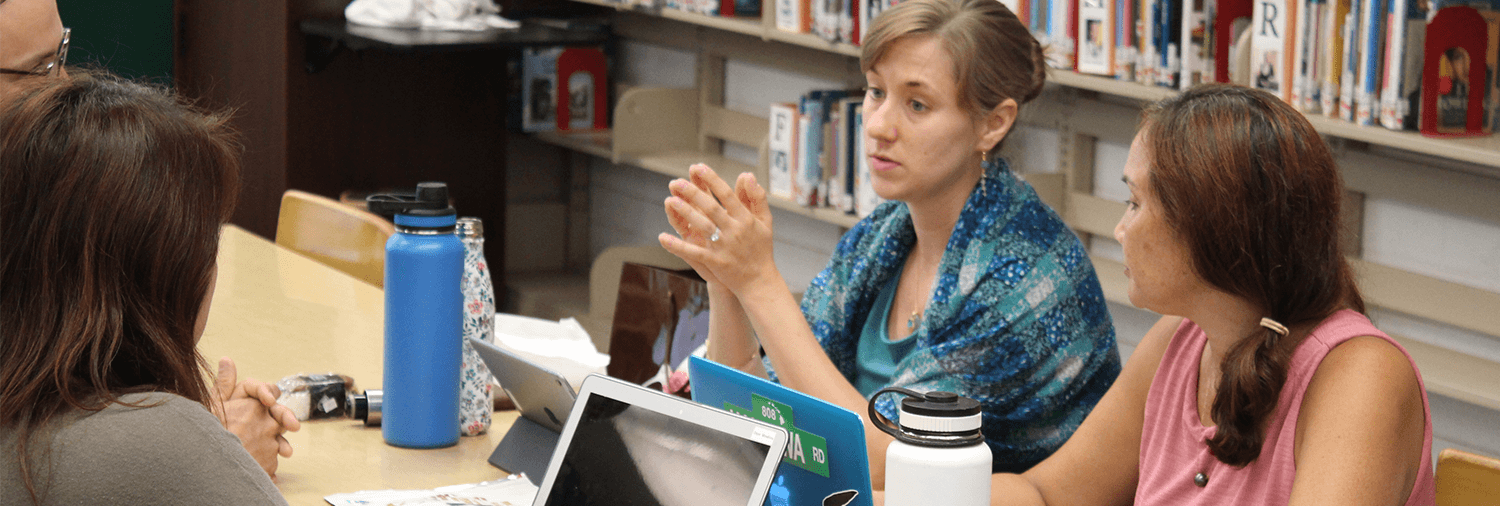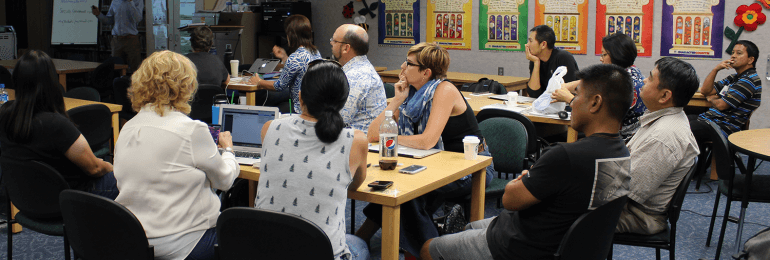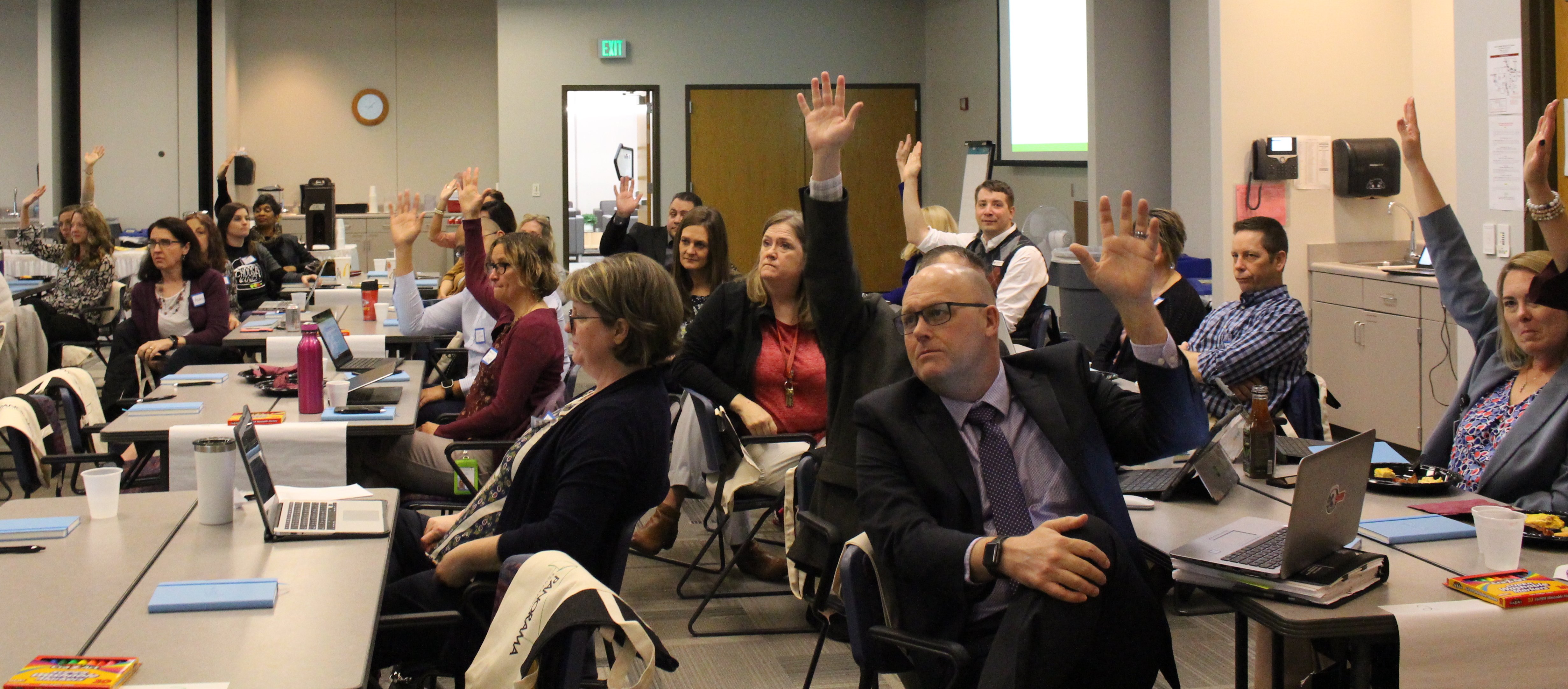Educators often refer to multi-tiered system of supports (MTSS) as a “culture” that should be deeply embedded in the school. In an ideal world, the MTSS process involves engagement and buy-in from the entire school community—from administrators, to teachers and staff, to students and their families.
However, given the reality of resources, schedules, and staff capacity, it can be incredibly challenging to organize all of the pieces and bring this vision to life. Coordinating "human processes" around a MTSS takes clear messaging, expectation setting, and a commitment to staff training on the part of school and district leaders.
Based on the experiences of educators, what are some good tactics for setting up human systems around a MTSS?
We compiled a few tips from an elementary school in Penn Yan Central School District (NY) that has a great MTSS process.
Have a comprehensive, written MTSS plan and stick to it.
Documenting your school or district's MTSS process is critical to not only ensure alignment around goals and practices, but also to underscore that MTSS is a strategic priority. The document should communicate your system's approach to MTSS, ensure common language, and answer frequently asked questions.
For example, the MTSS plan at Penn Yan Elementary School outlines their tiered systems, definitions, goals, and services at each tier. It serves as a go-to resource so that staff can understand the building’s MTSS culture and the specific intervention strategies to implement at each stage in the MTSS process.
Establish standard “cut scores” across academics and behavior.
What are the thresholds for considering a student "at risk"? Does everyone understand the cutpoints across academics and behavior? Whether you're adhering to state standards, district standards, or a mixture of both, it's important to establish clear and consistent "cut scores" so that each student is evaluated on the same criteria. Staff should run through the same process for each student, even if they think they know the problem.
Clearly outline MTSS meeting schedules and cycles.
Many schools that are getting started with tiered systems of support find that it's most effective to build MTSS and early warning system meeting time into existing schedules. For example, one middle school in Waltham, Mass. holds early warning system meetings every month as part of their existing grade-level team meeting structure.
Regardless of the meeting cadence, all staff members should understand ahead of time how MTSS fits into their schedules. You might also consider matching your MTSS cycles with academic marking periods. For instance, in Penn Yan, staff and leadership teams review students from the MTSS lens at the end of each marking period. This ensures that MTSS aligns with the structures that teachers, parents, and students already know and understand.
Facilitate continuous learning around MTSS.
On a recent webinar, Edward Foote, principal of Penn Yan Elementary, emphasized that the MTSS process is not linear: "It's our job as school leaders to facilitate continuous learning with all staff. Go back to 'MTSS 101' regularly to catch people up and keep people focused on the process aspect."
Beyond educating staff on the basics of MTSS, "continuous learning" also means revisiting your processes to identify opportunities for growth and improvement. Encourage staff to reflect on what they learned in the previous MTSS cycle and what can be done differently next time to more deeply impact student progress.






